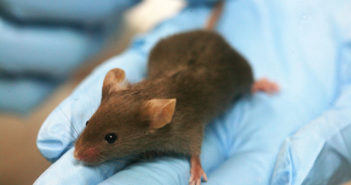
The Proof is in the Pandemic
Never before has this dual reality – of cruel and inapplicable animal experiments happening alongside new and exciting non-animal methods – been starker than it is at the present time.

Never before has this dual reality – of cruel and inapplicable animal experiments happening alongside new and exciting non-animal methods – been starker than it is at the present time.

Dr. Nick Jukes discusses the drawbacks to animal use in science and education, promising developments in non-animal alternatives, and the potential effects of the race for a COVID-19 vaccine on animal use in science.
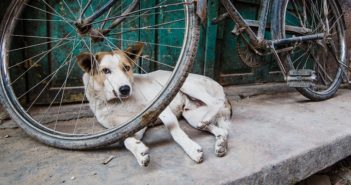
Dr. Chinny Krishna discusses the impact of free-roaming dogs on human communities and the effectiveness of TNVR (Trap, Neuter, Vaccinate, Return) as compared to lethal culling.

Dr. Jim Desmond weighs in on timely topics such as the connection between animal welfare and the COVID-19 pandemic, the role of the wildlife trade in zoonotic disease transmission, and how governments can act to prevent future pandemics.

In an interview with Dr. Cheng, we discussed her “awakening” during her PhD program, whether change from within the scientific community is possible, and the important work she’s been doing since walking away from animal experiments.
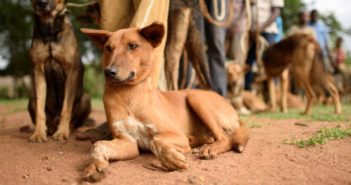
The program aims to serve remote and under-served areas, and to reduce both pet overpopulation and human rabies deaths.

Governments might be able to prevent future pandemics by investing as little as $22 billion a year in programs to curb wildlife trafficking and stem the destruction of tropical forests.

In a survey of over 300 conservationists in 85 countries, 70 percent report critical work has been postponed or canceled.
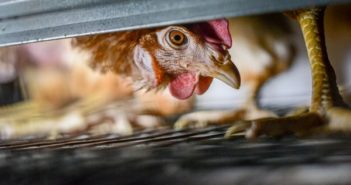
There is a fundamental and often-overlooked connection between pandemics such as the current COVID-19 crisis and our animal-based food system, says a major new report.
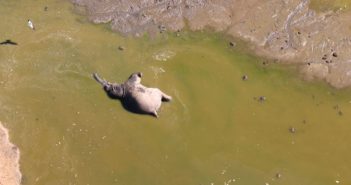
The carcasses of more than 400 elephants have been discovered in Botswana and nobody yet knows what’s killing them. The government appears to be dragging its heels in pursuit of answers.
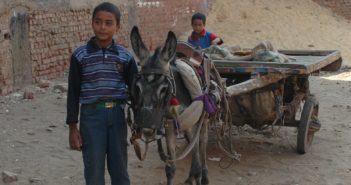
Recognizing the connections between animal protection and the SDGs can help advocates maximize impact, win government support, and collaborate with other stakeholders.
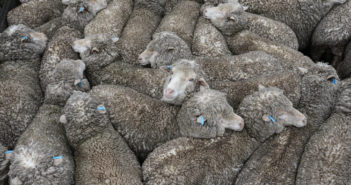
Inhumane practices are the norm in the wool industry, which is anything but benign.